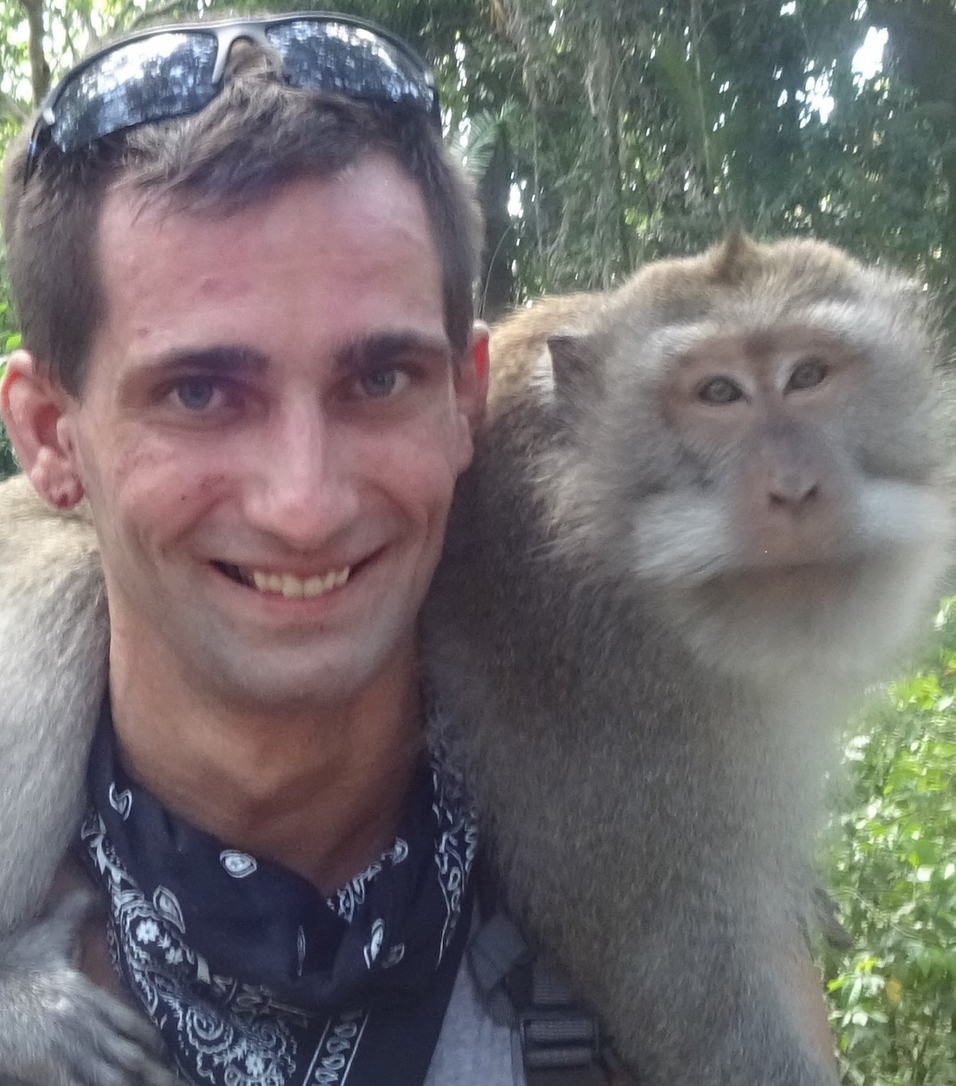Advisor: Andreas Wanninger
Master's Defensio - Tuesday, March 23rd 2021
Abstract
The mesoderm is a unique feature of bilaterians and gives rise to one of the prominent derivatives, the musculature. Developmental genes with commonly conserved expression during mesoderm and muscle formation are, e.g., Brachyury (Bra), even-skipped (eve), Mox, and myosin II heavy chain (mhc). Within the mollusks, the bivalves remain largely unstudied regarding mesodermal gene expression and data on myogenesis likewise remain scarce, given their global distribution and evolutionary significance. Here, myogenesis and developmental expression of Bra, eve, Mox, and mhc were investigated in the quagga mussel Dreissena rostriformis to contribute to questions concerning the bivalve larval muscular ground pattern and the putative involvement of these genes in mesoderm formation and myogenesis. The data show that all four genes are expressed during mesoderm formation but show additional, individual sites of expression. As such, Mox and mhc are additionally expressed in early myogenesis. Eve expression is present in the shell field, and Bra is expressed in the foregut. Comparative analysis suggests that Mox has an ancestral role in mesoderm and possibly muscle formation in bilaterians, while Bra and eve have been conserved in mesoderm development of nephrozoans. The first F-actin-positive domains and a ventro-posterior transitory musculature of unknown function form in the trochophore larva of D. rostriformis. In the veliger larva, four pairs of velum retractors, a velum muscle ring, one pair of larval retractors, muscles of the pallial line, two pairs of mantle retractors, one pair of foot retractors and an initially two-partite anterior adductor are present. The posterior adductor was not found in larval stages and might only development shortly before or after metamorphosis. The data presently available suggest that the muscular ground pattern of autobranch bivalve larvae includes at least a velum muscle ring, three or four pairs of velum retractors, one or two pairs of larval retractors, two pairs of foot retractors together with the pedal plexus, possibly two pairs of mantle retractors, the muscles of the pallial line, the anterior (might be paired) and the posterior adductor.

